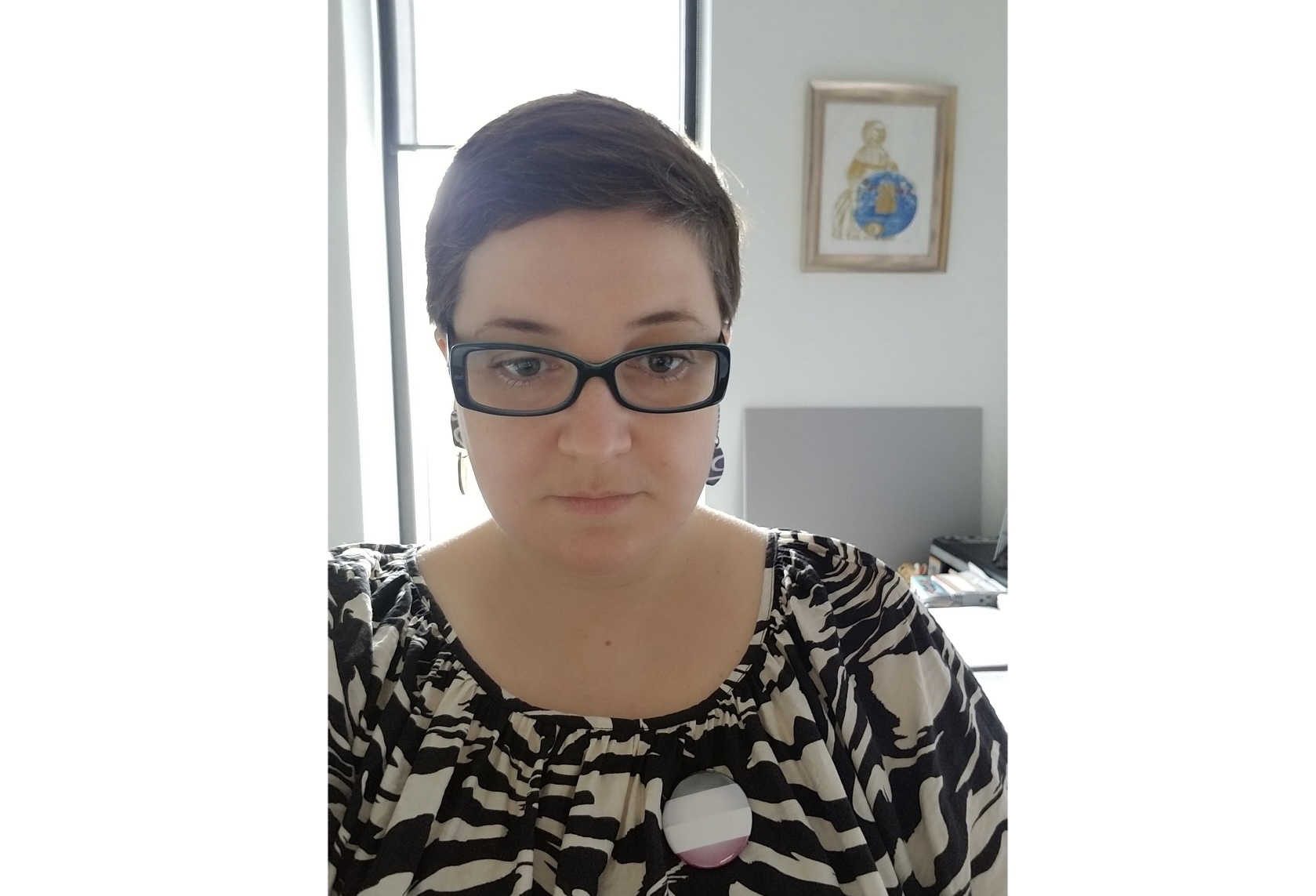Professor Liza Blake discusses the A-spectrum and academia
Liza Blake hosts discussion regarding asexuality and aromanticism as both queer identities and fields of academic study.
On January 30, Professor Liza Blake held a talk about “asexuality and aromanticism as queer identities and as areas of academic study,” according to the University of Toronto’s (U of T) Sexual and Gender Diversity Office’s website.
Professor Blake’s talk was divided into three parts. First, she introduced asexuality and aromanticism and provided a nuanced framework for understanding them. Then, she explored asexuality and aromanticism as academic fields. Finally, Professor Blake concluded by giving concrete strategies for supporting aromantic and asexual students at U of T.
Asexuality and Aromanticism 101
Professor Blake defines an asexual person as “a person who does not experience sexual attraction, or only experiences it rarely, or under a specific set of circumstances.” She goes on to specify that asexuality is not about sex drive or libido. Asexuality refers to patterns of sexual attraction, not sex drive.
Professor Blake then explains that an aromantic person is someone who does not experience romantic attraction or only experiences it under a specific set of circumstances.
As with asexuality, the aromantic spectrum includes a variety of experiences that resist simple categorization. The talk also delved into the concept of aphobia, an umbrella term encompassing acephobia and arophobia, and its manifestation in a myriad of different ways: invisibility or erasure, invalidation, exclusion, dehumanization, pathologization or conversion, and violence.
Asexuality studies as an academic field
In the second part of her talk, Professor Blake delved into how asexual and aromantic identities filter into academic research and the growing field of asexuality studies. She mentions that key concepts in academic ace studies include compulsory sexuality, desexualization or hypersexualization, and amatonormativity.
Compulsory sexuality refers to social norms and practices that marginalize various forms of nonsexuality and compel individuals to perceive themselves as sexual subjects, take on sexual identities, and engage in sexual activity. This social structure also overlaps with, and reinforces, rape culture.
Desexualization refers to taking sexual capacity away from people. In other words, it is the process of assuming that people don’t have sexual desires or attraction. Hypersexuality is the opposite end of the spectrum, where you assume people have high sexual desire and attraction, regardless of their actual feelings.
Amatonormativity refers to the assumption that a central, exclusive, romantic relationship is both a normal and desirable goal for all humans. The assumption not only privileges romantic love and marriage but also marginalizes other forms of connection by rendering them culturally invisible.
Tips for inclusion and support
In the final section of her talk, Professor Blake provided practical strategies for supporting asexual and aromantic students. Given how critical university is as both a time and space for students to clarify their sexual identities, incorporating asexual and aromantic awareness into campus culture is crucial.
Professor Blake made some key recommendations for educators, starting with incorporating asexuality content into curricula. This will help normalize asexuality and anormality by proactively addressing them rather than only when students raise questions.
The second tip is to increase the academic articulation of asexuality and have more attentiveness to the A-spectrum in studies. Lastly, Professor Blake argued the importance of challenging the ‘touch and relationship escalators’. The touch and relationship escalators are metaphors for a ‘normal heterosexual’ relationship for the progression of physical and emotional intimacy. By challenging these concepts, the university can help support students in constructing alternative relationship models.
A key resource for academic and community engagement shared during the talk was the Asexuality and Aromanticism Bibliography, which can be found at (acearobiblio.com—a project led by Professor Blake and PhD student Jenna McKellips. This resource curates a comprehensive collection of scholarly and community-based materials on asexuality and aromanticism. The website offers essential support for both academic inquiry and personal exploration.
The talk ultimately emphasized the need for greater recognition of asexuality and aromanticism in university spaces—not only in specialized research but also in how educators and faculty support diverse identities.

